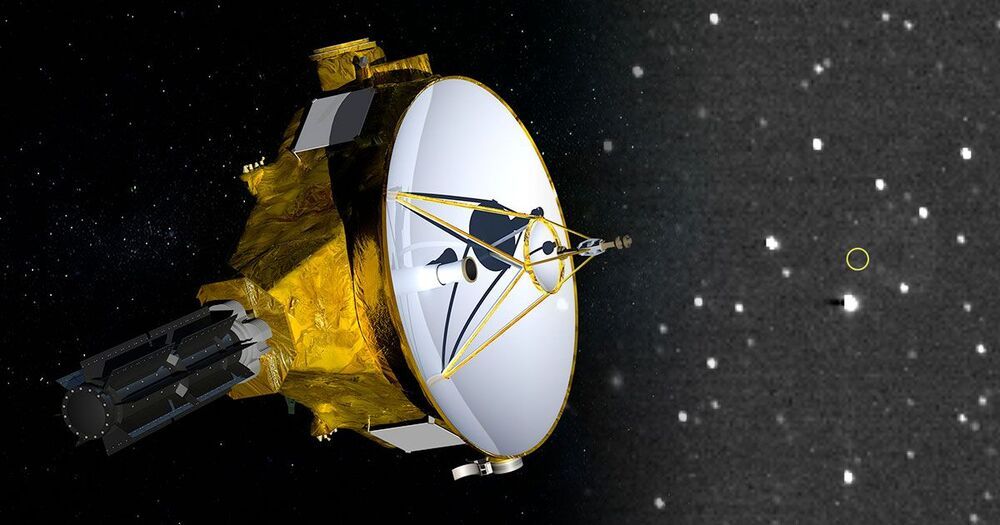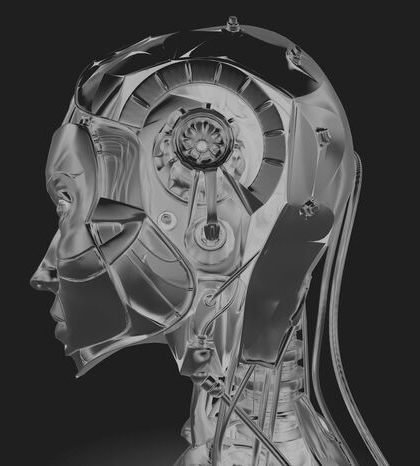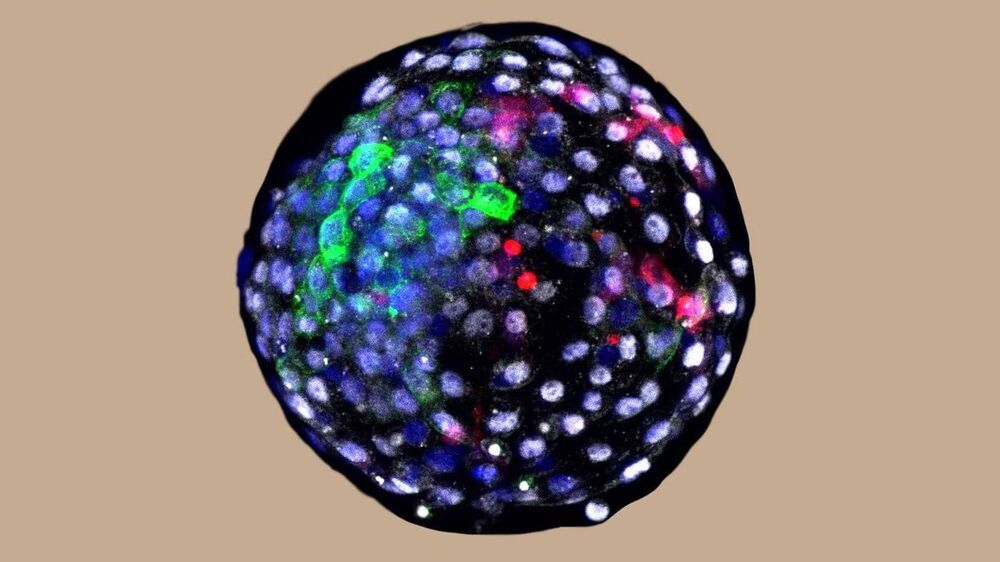Are your fish tanks secure?
New Horizons is the fifth most distant spacecraft from Earth.
Pioneer 10, which was launched in 1972 and was the first probe to pass through the asteroid belt and to fly by Jupiter, reached 50 AU on Sept. 22, 1990. Today, it is approximately 129 AU from Earth.
Its sister ship, Pioneer 11, reached 50 AU a year later in 1991. It was launched in 1973 and in addition to flying by Jupiter, was the first to make direct observations of Saturn. It is now about 105 AU from Earth.
They weren’t scheduled to return to Earth until April 28th at the earliest, so why did NASA astronauts Michael Hopkins, Victor Glover, and Shannon Walker, along with Japan Aerospace Exploration Agency (JAXA) astronaut Soichi Noguchi, suit up and climb aboard the Crew Dragon Resilience on April 5th? Because a previously untested maneuver meant that after they closed the hatch between their spacecraft and the International Space Station, there was a chance they weren’t going to be coming back.
On paper, moving a capsule between docking ports seems simple enough. All Resilience had to do was undock from the International Docking Adapter 2 (IDA-2) located on the front of the Harmony module, itself attached to the Pressurized Mating Adapter 2 (PMA-2) that was once the orbital parking spot for the Space Shuttle, and move over to the PMA-3/IDA-3 on top of Harmony. It was a short trip through open space, and when the crew exited their craft and reentered the Station at the end of it, they’d only be a few meters from where they started out approximately 45 minutes prior.
The maneuver was designed to be performed autonomously, so technically the crew didn’t need to be on Resilience when it switched docking ports. But allowing the astronauts to stay aboard the station while their only ride home undocked and flew away without them was a risk NASA wasn’t willing to take.
That might actually make sense. Cancer spreads through the body because the immune system doesn’t see the threat for what it is and so takes no action. But if the body has Cancer AND covid the immune system sends in it’s heaviest guns on a search and destroy mission. Then, while attacking cov8d it detects something ELSE that shouldn’t be there and kills it too.
I’m no expert, but it does make a lot of sense 5o me.
Covid may have caused a cancer patient’s tumours to vanish, according to doctors, who said it could have sparked an “anti-tumour immune response” in the man.
The 61-year-old patient at the Royal Cornwall Hospital in Truro had a check-up last summer after being diagnosed with Hogkin’s Lymphoma, a rare blood cancer that affects 2100 people in the UK each year.
The disease, which occurs when white blood cells get out of control and spread to the lymph nodes, is typically treated with chemotherapy and around 90 per cent of patients are still alive five years afterwards.
Those that have grown up with open source in the past 20 years know that open source is popular. It’s popular because of a number of reasons including that it fosters innovation, speeds up delivery, and helps us all collectively learn from each other.
We ourselves at the AGI Lab have just assumed this was a good thing. We believe that Open Source research helps everyone. Many research groups in AGI research are already open sourcing including Open Cog, Open Nars, and more.
From an ethical standpoint, we use a system called SSIVA Theory to teach ethics to systems we work on such as Uplift and so we assumed we should release some of our code (which we have here on this blog and in papers) and we planned on open sourcing a version of the mASI or collective system that we work on that uses an AGI Cognitive Architecture.
Scientists injected dozens of human stem cells into developing monkey embryos, and the resulting hybrids survived for up to 20 days in lab dishes.
These human-monkey embryos could someday serve as helpful models for human disease, embryonic development and aging, the study authors noted in a new report, published April 15 in the journal Cell. By zooming in on the interaction of human and animal cells in the embryos, scientists could also learn how to help human cells survive amongst animal cells, potentially advancing the effort to grow human organs in living animal models.
Was Mars green? Evidence Mars may have been alive — and may yet harbor some life deep underground.
You can support Galactic Gregs by supporting the sister channel Green Gregs by clicking the links below:
See the Special Deals at My Patriot Supply (great space mission food): www.PrepWithGreg.com.
For gardening in your space habitat (or on Earth) Galactic Gregs has teamed up with True Leaf Market to bring you a great selection of seed for your planting. Check it out: http://www.pntrac.com/t/TUJGRklGSkJGTU1IS0hCRkpIRk1K
This is one of the major problems in medicine — organ transplantation,” said Juan Carlos Izpisua Belmonte, a professor in the Gene Expression Laboratory of the Salk Institute for Biological Sciences in La Jolla, Calif., and a co-author of the Cell study. “The demand for that is much higher than the supply.
An international team has put human cells into monkey embryos in hopes of finding new ways to produce organs for transplantation. But some ethicists still worry about how such research could go wrong.










